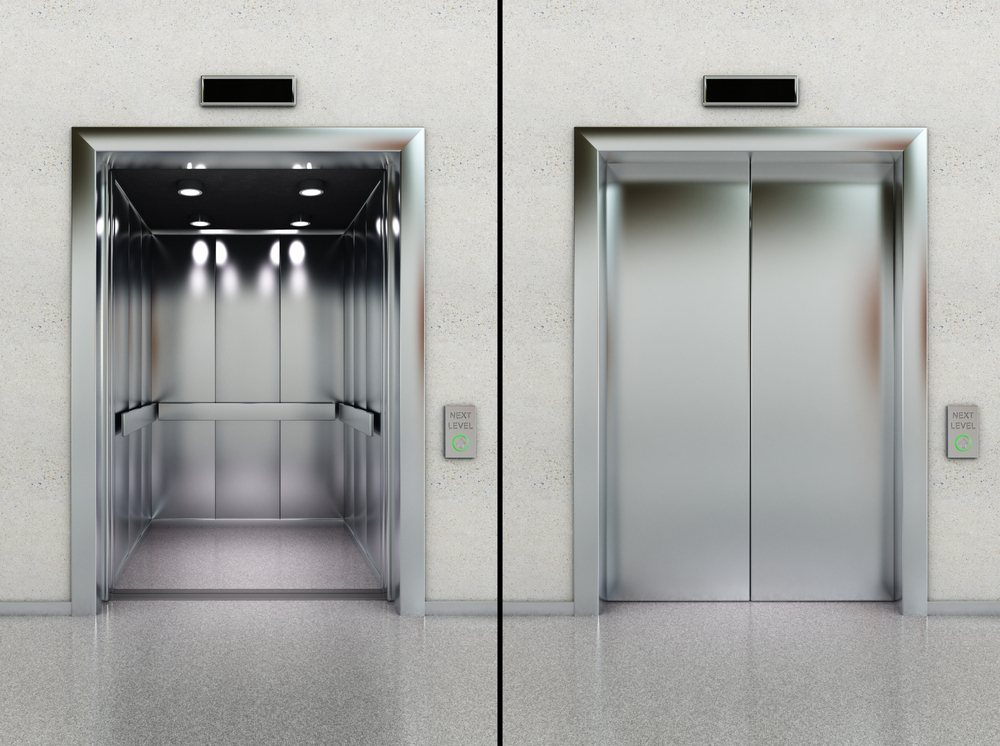Discover the most effective Disabled Platform Lifts Prices UK for Residential and Commercial Use
Discover the most effective Disabled Platform Lifts Prices UK for Residential and Commercial Use
Blog Article
Diving Into the World of Lifts: Common Issues Encountered by Numerous Lift Devices
As we navigate via the vertical transport systems of contemporary structures, elevators stand out as an important part of our every day lives. Nevertheless, behind their seamless operation exists a world of elaborate mechanisms that can sometimes run into obstacles. From hydraulic elevators to traction systems and machine-room-less styles, each lift kind features its set of common concerns. Understanding these challenges is essential for making certain the smooth performance of these vital systems. Let's discover the complexities that underlie the procedure of elevators and the prospective concerns that can emerge, clarifying the elaborate internet of lift mechanisms.
Hydraulic Lifts
Hydraulic lifts, usually preferred for low-rise buildings, utilize fluid stress to manage the activity of the elevator vehicle (lift repair companies). This mechanism includes a hydraulic pump pressing oil right into a cylinder, creating the elevator to relocate the wanted instructions. While hydraulic lifts are understood for their smooth and silent operation, they do feature their own collection of common problems
One prevalent problem with hydraulic lifts is oil leakage. Furthermore, problems with the control system, such as damaged shutoffs or a malfunctioning pump, can trigger disruptions in the elevator's activity.
Routine maintenance and timely repair services are important to guarantee the smooth functioning of hydraulic elevators. By dealing with these common issues proactively, building proprietors can reduce downtime and make certain the safety and security and efficiency of their upright transportation system.
Traction Elevators
When thinking about upright transportation systems in buildings, an additional usual kind apart from hydraulic elevators is the grip lift. Traction lifts operate utilizing a system of ropes and weights that move the lift automobile by clutching onto the hoist ropes. This device permits for smoother and quicker upright transport contrasted to hydraulic systems.
Among the typical problems encountered by grip lifts is rope wear. The consistent movement of the ropes within the traction system can cause tear and wear over time, possibly creating the elevator to breakdown or become dangerous for use. Regular examinations and maintenance of the ropes are important to guarantee the elevator's correct performance and security.
Another issue that grip lifts might experience is connected to the control system. Troubles with the control system can bring about issues such as unpredictable motion, delays in action times, or perhaps total shutdowns. Routine testing and maintenance of the control system are critical to stop such concerns and ensure the elevator's integrity.
Machine-Room-Less (MRL) Lifts

Among the essential elements of MRL elevators is the portable gearless grip maker that is installed within the hoistway. This machine effectively drives the elevator automobile without the demand for large tools discovered in standard traction elevators. Additionally, MRL elevators typically use a weight system to balance the cars and truck, further boosting their power effectiveness.
Regardless of their advantages, MRL lifts may face difficulties associated with repair and maintenance because of the restricted area for equipment installation. Ease of access for servicing components within the shaft can be restricted, calling for specialized training for professionals. Appropriate upkeep routines and normal evaluations are crucial to guarantee the continued smooth procedure of MRL lifts.
Overloading and Weight Limitation Issues
Are lifts outfitted to manage excess weight loads successfully and securely? Straining and weight restriction concerns are critical issues in elevator procedures. Lift manufacturers design lifts with specific weight capacities to ensure passenger safety and security and tools durability. Surpassing these weight restrictions can result in different issues, consisting of mechanical failures, delays, and safety risks.
When lifts are overloaded, it places too much stress on the motor, cables, and other elements, possibly triggering malfunctions or failures. Safety systems such as sensing units and overload sensors are in location to stop lifts from relocating if they find excess weight. Furthermore, going beyond weight restrictions can result in enhanced power intake and damage on go to this website the elevator system.
To minimize overloading issues, building managers need to plainly show weight limits in elevators and inform occupants on the relevance of adhering to these restrictions - lift repair companies. Normal upkeep checks by certified specialists can also aid guarantee that elevators are operating within risk-free weight parameters. By resolving overloading and weight restriction issues proactively, structure owners can enhance lift security and efficiency
Electrical System Failings
Exceeding weight limits in elevators can not only lead to mechanical concerns yet likewise possibly add to electrical system failings within the lift framework. Electric system failings are a critical worry in elevator procedure, as they can cause unforeseen shutdowns, breakdowns, or even security risks.
In addition, power rises or fluctuations in the electrical supply can also disrupt the lift's procedure, impacting its efficiency and safety and security. These electric disturbances can damage delicate lift components such as control board, circuit card, or sensing units, resulting in system failures. Normal upkeep and evaluations are essential to determine and deal with prospective electrical concerns promptly, making sure the efficient and secure operation of elevator systems. By sticking to weight limits and conducting routine electric system checks, building proprietors can minimize the danger of electrical failings in elevators.
Conclusion

Hydraulic lifts, typically liked for low-rise buildings, utilize fluid stress to regulate the activity of the elevator automobile.When considering vertical transportation systems in buildings, one imp source more usual type aside from hydraulic lifts is the grip lift. Traction elevators operate making use of a system of ropes and weights that move the lift automobile by clutching onto the hoist ropes. Unlike typical lifts that call for a separate device area to house the devices, MRL lifts incorporate many of the components within the shaft, eliminating the demand for a committed device room.In verdict, elevators deal with common concerns such as hydraulic breakdowns, traction system failures, and electrical system troubles.
Report this page